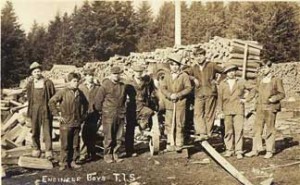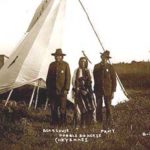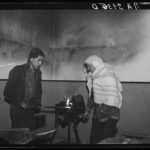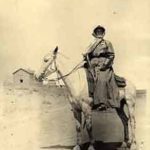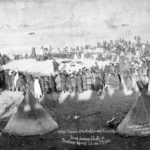The BIA, of course, knew what was best for Indian children–vocational training that would help them become useful members of society. Before they began their lessons, though, students had a host of chores to perform (cooking, cleaning, weeding the garden) that helped keep the school running.
After chores were out of the way, the children had a chance to learn academics like English, music and U.S. history. Children also participated in sports like football and baseball, which many enjoyed. However, they marched to class, marched to their meals, marched to inspections and roll calls, marched to wherever they needed to go, and always by the regimented ringing of a bell to tell them when to go.
Since the government considered education a primary way to help its Indians wards earn a living, the emphasis was put on vocational training. Girls learned nursing and office work, while boys learned animal husbandry, carpentry, blacksmithing, or shop. In addition to formal classes, students swept and scrubbed, painted, sewed, milked cows, maintained gardens and buildings, and performed an abundance of unpaid labor.

Chiricahua Apaches Four Months After Arriving at Carlisle Indian School, 1886, courtesy Library of Congress
_________________________________________________________

